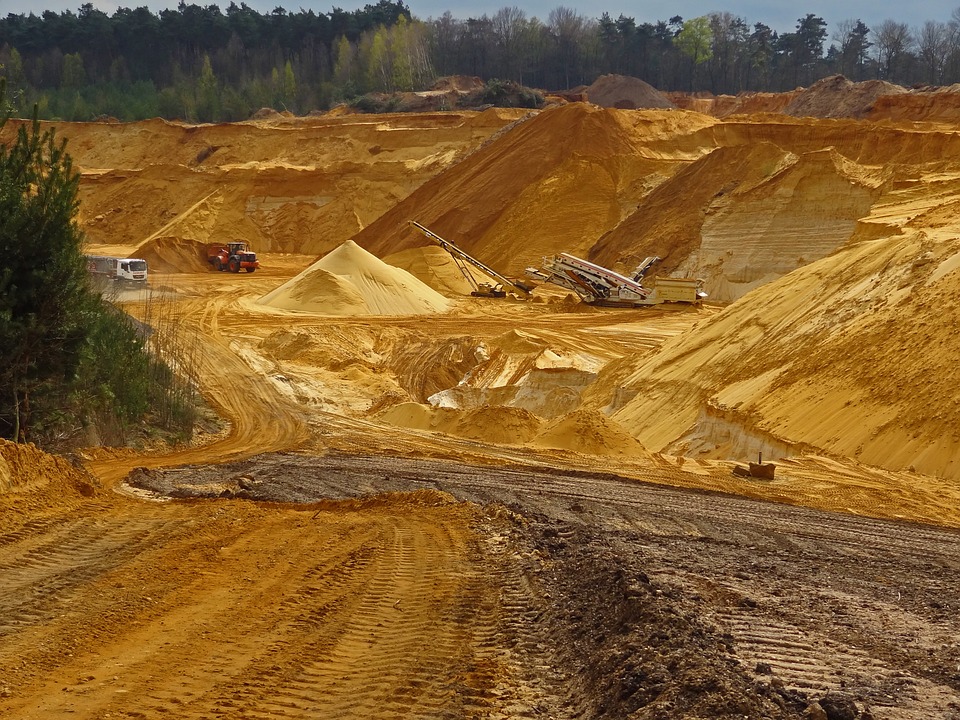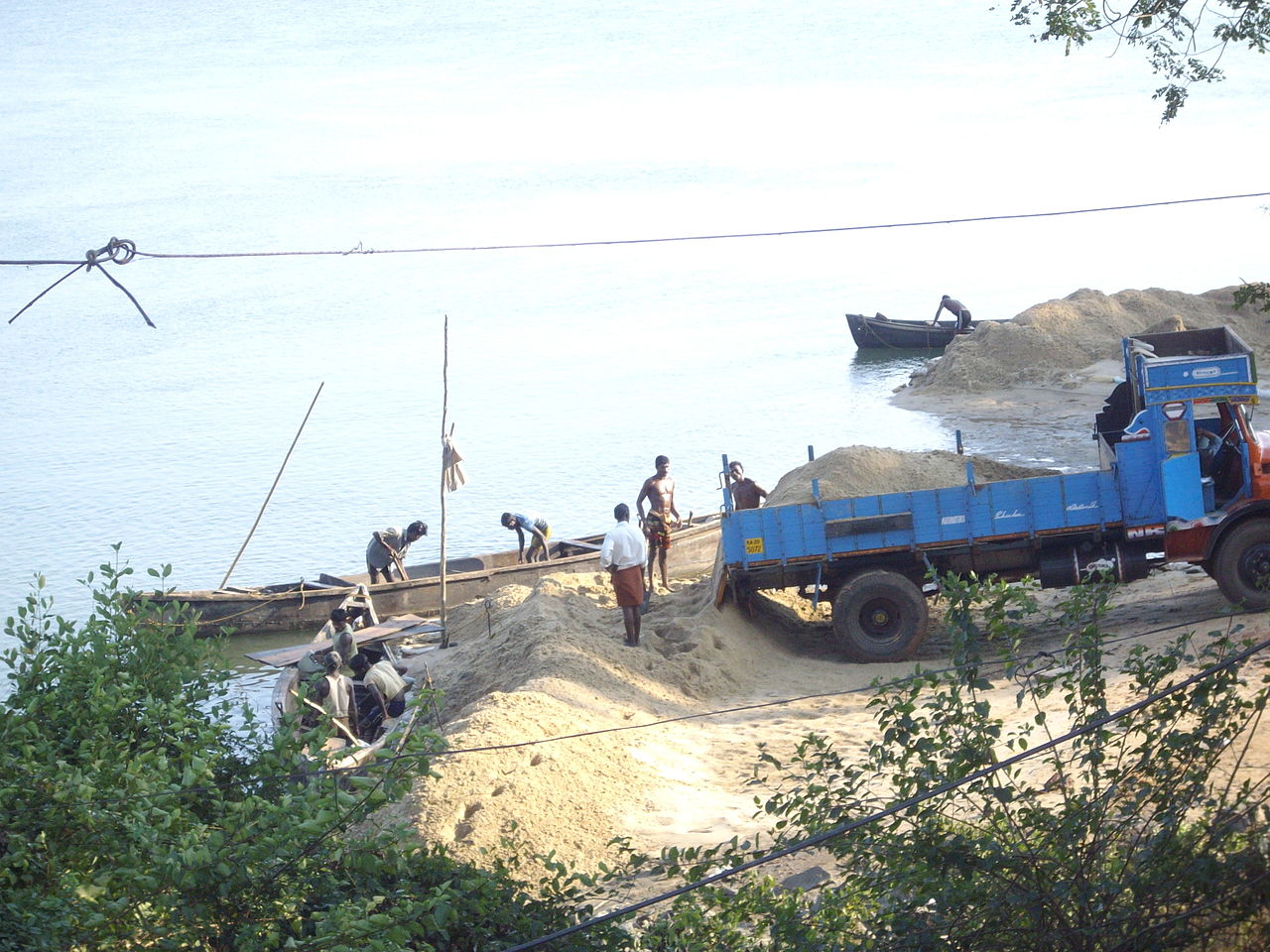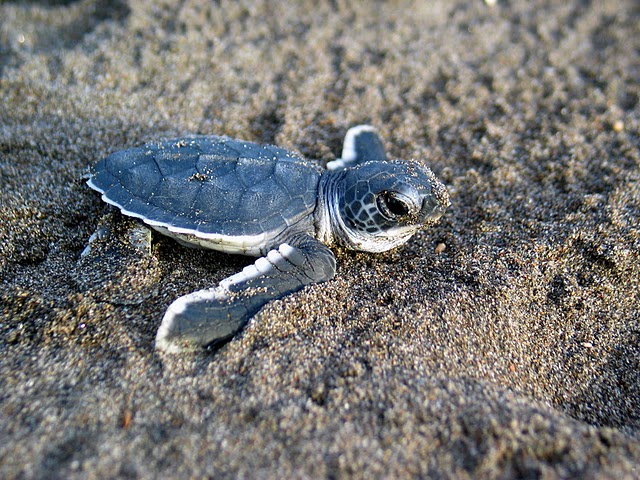
The mining of commodities like gold, coal, diamonds, and oil is a well-known source of environmental stress and social suffering. But what about sand? It doesn’t sound glamorous or valuable enough to be mined, surely? Sadly, it is. And the consequence of sand mining is large-scale, catastrophic pollution and habitat devastation happening around our planet right now.
Look around you at the urban jungle. The floors upon which the city treads, the buildings in which we work and live and socialize: almost all made of sand in one form or another. Tallied up, we’re looking at greater than 48 billion metric tons globally used in construction each year. I’ll give you a moment to let that sink in. California alone is losing 8 beautiful acres of pristine coastline every year. It doesn’t look like it’s going to stop soon, either.
We see sand mining happening in a variety of habitats around the world. These include rivers, lakes, coastlines, the ocean floor, and of course large open pits in-land. Different types of sand appeal to different industries. To make cement and concrete for construction, the angular grains found in lakes and rivers are most desirable. This is compared to desert sand where the grains are very round, caused by weathering from the wind. Likewise, sand harvested from the sea is contaminated with salt. Salt and metal isn’t the best combination long-term as the former can lead to corrosion.
Because sand is much more common than some of the other resources I mentioned at the beginning, herein lies the problem. It’s impossible to keep watch on everyone wanting a grain (or 5 million) to ensure they are following the industry’s “best practices.” But more on that later. Let’s look at some of the habitats being affected.

Rivers
Sand is being mined from many of our world’s riverbeds. This disturbs bottom-dwellers and causes a massive increase in turbidity, or “cloudiness” in the water. Rivers are rich in biodiversity and many of the cool critters that call them their home live on the river bed. Dredging is a process similar to having a bulldozer demolish your house. A giant piece of equipment is dragged along the riverbed, destroying everything in its path. Sure, sand will be collected. But so too will hundreds of species in the process.
The impacts of river mining stretch further than just the organisms dwelling upon its bed. Take for instance the Manimala River in lush Kerala, India. Intensive mining of the river bed has caused the water table to drop dramatically. This means that when it rains, the rain dissipates quicker than you can say “pass me a drink,” resulting in wells running dry. This forces the local people to work harder to get such a basic, precious resource as vital hydration.
Open Ocean
Mining in Indonesia is literally shrinking the country. Two dozen islands from this tropical paradise have been decimated and the sand shipped to Singapore as it continues to extend itself into the sea. How many other island nations will see this happen to them?
Another example is the heavy mining of the San Francisco Bay area. If left alone, the ocean naturally washes substantial quantities of sand into the bay. This, in turn, replenishes San Francisco’s Ocean Beach. But with mining happening at an unsustainable rate, problematic erosion is threatening special habitats for shorebirds, the Great Highway and a major city sewer line.
In other areas of the world, including St. Kitts and Nevis, illegal sand mining is threatening native sea turtle habitats by disturbing vital nesting areas.

Mining Mafia
Like any other kind of mining, a permit is needed to mind sand. Because of the detrimental consequences and delicate operation, the industry is heavily regulated. The problem lies in the fact that roughly 70% of mining that takes place is in fact done so illegally by those without permits. Quantities taken are therefore out of control with much of the activity occurring in sensitive habitats.
Illegal mining is one thing, but the monetary incentive is so large that we see ruthless gangs engaged in the activity, stopping at nothing until the millions have been made. From India to Cambodia, keeping track of illegal activity is a losing battle. A particular flaw is systems where paying a fine works out to be cheaper than filing the correct paperwork in the first place. Just a matter of months ago. there was a violent incidence near Nairobi, Kenya. This was carnage fuelled by the desire to get the best sand from the Muooni River. But this isolated conflict is no rarity. We see similar feuds happening in Cambodia, Morocco, and China every day.
***
The scale at which this environmental damage is occurring is unfathomable. It’s also difficult to even begin to look at ways of conquering the illegal activity. But, I believe education has a strong role to play in spreading the news and eventually leading to solutions. If we’re at least talking about it, we’re acknowledging that it’s a very real problem and one that needs addressing.
Had you heard of sand mining before reading this article?
Also by Kat: 4 Pieces Of Eco-Chic Reclaimed Wood Furniture To Make You Win At Instagram
PSA: You’ll Want To Move To These 6 Cities With Stunning Urban Farms
Related: A Few Smart Initiatives Stand Between Global Warming and Utter Devastation of Our Oceans
Get more like this—Subscribe to our daily inspirational newsletter for exclusive content!
__
Photo: Pixabay, Wikimedia Commons




